
A blog focusing on 1/64 diecast from such popular brands as Hot Wheels, Matchbox, Johnny Lightning, M2 Machines, GreenLight, Tomica, Yat Ming, Majorette, MotorMax, Siku, Corgi, Guisval, Playart, Ertl, Zylmex, Racing Champions, & many more. Swifty's Garage features a daily Car Of The Day and news updates from your favorite brands!
Saturday, October 8, 2011
Ambulance Of The Day: October 8, 2011
Today's car of the day is Matchbox's 1985 Volkswagen Type 2.
The Volkswagen Type 2 (T3) was the third generation of the Volkswagen Transporter and was marketed under various nameplates worldwide – including as the Transporter or Caravelle in Europe, Microbus in South Africa and as the Vanagon in North and South America.
Larger and heavier than its predecessor, the T2 – and with a more squared and less rounded styling – the T3 was manufactured in Germany from 1979 until 1992. South African production of the T3 continued, for that market only, until 2002. The T3 was the last of the rear-engined Volkswagens.
For more information and pictures of the real car please visit: Volkswagen Type 2 Ambulance
This had long been high on my wants list, and this year's Hershey show provided a nice example at a price I couldn't say 'no' to. The only confusing part is why Matchbox casted an early T3 (round headlights) in 1987 when the real ones upgraded to rectangular lights in 1986.
Following the T2, the T3 (or Type 25) initially featured air-cooled and subsequently water cooled engines. Versions produced in South Africa from 1990 until 2002 featured an Audi five-cylinder engine.
Volkswagen marketed the Westfalia camper variant throughout the T25's (T3's) production, with features including a pop up roof, refrigerator, sink, and stove.
Examples built between 1980 and 1985 featured round headlights and chrome-plated steel bumpers with plastic end-caps. Air-cooled models (1980 to mid-1983) lack the lower grill above the radiator of the water cooled models, except on models with factory air conditioning. 1986 model year vehicles received revisions including a tachometer, more fabric choices, redesigned air conditioner, larger water cooled engine with a more advanced engine management system, and redesigned transmissions including an optional syncro four-wheel drive. Exterior changes include rectangular headlights and different paint options. Alloy wheels, larger and squarer plastic bumpers with trim along the rocker panels were optional, and standard equipment on Wolfsburg Edition vans. For 1990 and 1991 model years, a "Carat" trim level was available which included all available options (except Westfalia conversion).
All 1980 and some 1981 models had eight welded-in metal slats covering the engine ventilation passages behind the rear windows. Later models had black plastic 16-slat covers that slotted in at the top and screwed down at the bottom.
During the 1980s, the U.S. Army and Air Force in Germany used T3's as administrative (non-tactical) vehicles. In military use, the vehicle's nomenclature was "Light Truck, Commercial".
Porsche has created a version called B32 in a limited edition. The van was equipped with 3.2 liter Carrera engine and was originally developed to support Porsche 959 involvement in Paris-Dakar race.
Oettinger has developed a 6 cylinders version called WBX6. The engine is derived from the "Wasserboxer" engine and has many common parts with it. The development of the engine was originally contracted to Oettinger by VW. Oettinger bought the rights when VW decided not to use it.
US Vanagon model variations included the Vanagon, featuring vinyl seats and a spartan interior; the Vanagon L with optional cloth seats, more upscale interior panels and an optional dashboard blower; the Vanagon GL with more equipment, and the Westfalia pop-top camper Vanagons, with integrated kitchen and bedding. Westfalia campers as either the standard model or as the 'Weekender,' which lacked the propane stove, sink, and domestic refrigerator of the full 'camper' versions. and offered an optional removable cabinet with a 12V cooler and self-contained sink.
Wolfsburg Edition "Weekender" models featured two rear facing seats behind the front seats in place of a centre bench seat and a table that could fold up from the sidewall – or fold down when not in use. "Multivan" models featured Wolfsburg Edition trim and an interior with rear-facing seats. Wolfsburg Edition and camper van vehicles were outfitted for Volkswagen by the Westfalia factory.
Syncros models were manufactured in limited numbers from 1985 through 1992, with the four wheel drive system added by Steyr-Daimler-Puch works in Graz, Austria. With a short wheelbase and 48/52 front/rear weight distribution.
Model years 1980 to 1985 had round sealed beam headlights. Subsequent models for North American and European markets had round sealed beam headlights or smaller square headlights, with the primary lights outboard and high beams inboard. Later models from South Africa returned to round headlight housings for both the primary headlights and high-beams, and the South African grille/headlight combination is a popular aftermarket accessory.
The T3 was replaced by the T4 (Eurovan) in the US market in 1993 (1992 saw no Volkswagen bus imported into the U.S. market, save custom campers sold by companies other than VW). Production of 2WD Caravelles continued until 2002, the last models having 2.6 5-cyl engines, deeper rear windows, larger ventilated disk-brakes and many other modifications, being considered the best multi-seat (9~11) taxi then available in the South African market.
Top-of-the-line Wolfsburg Edition Westfalia Campers, which had all options, were at the top of the price range. Syncro-equipped examples in exceptional condition can command up to $80,000 USD today.
In addition to the camper models, a Carat trim level was available for 1990 and 1991 model years. This model included all options available for the Transporter configuration.
Some models had optional aluminum alloy wheels.
Subscribe to:
Post Comments (Atom)
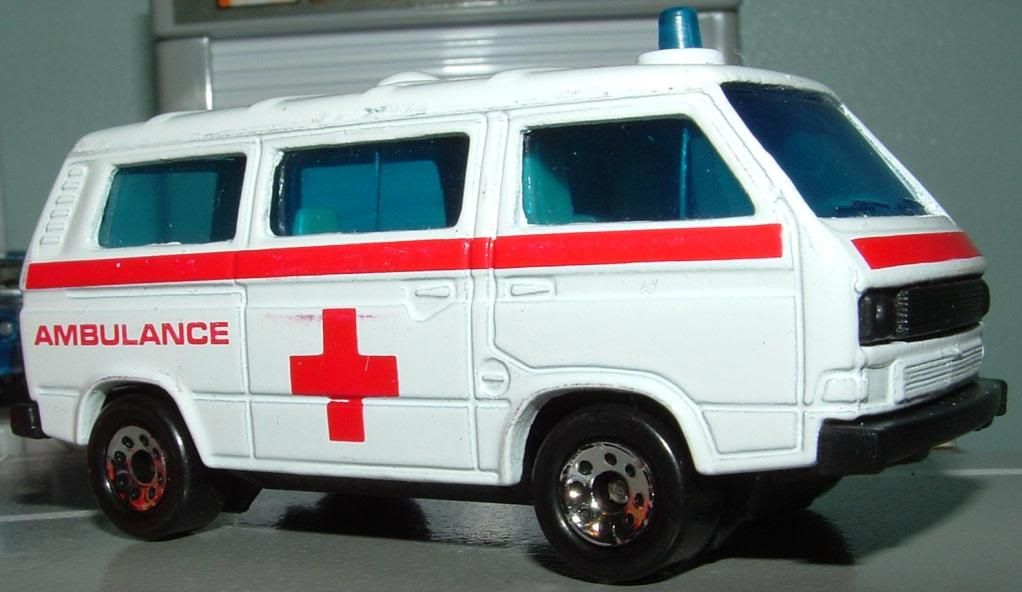
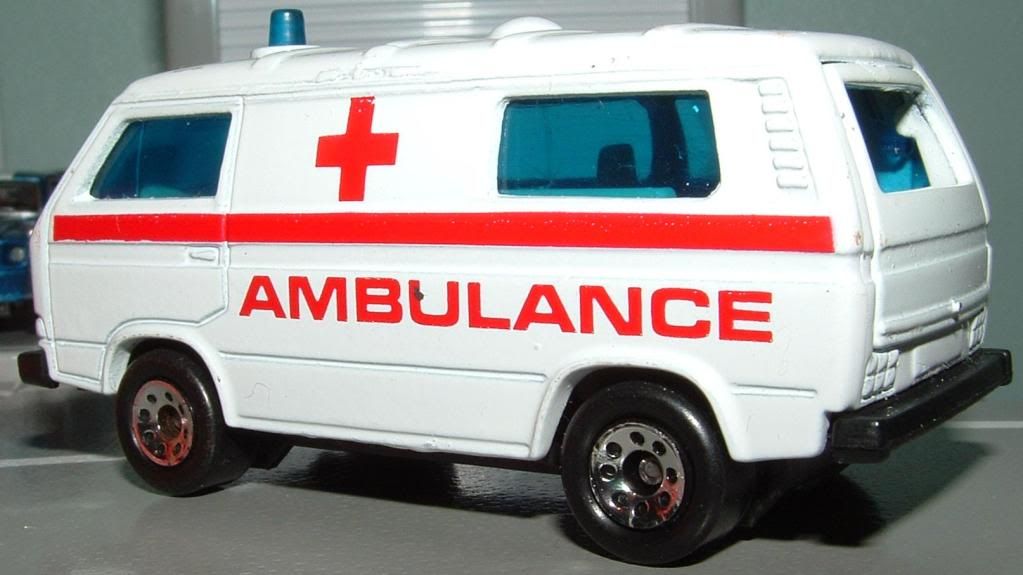
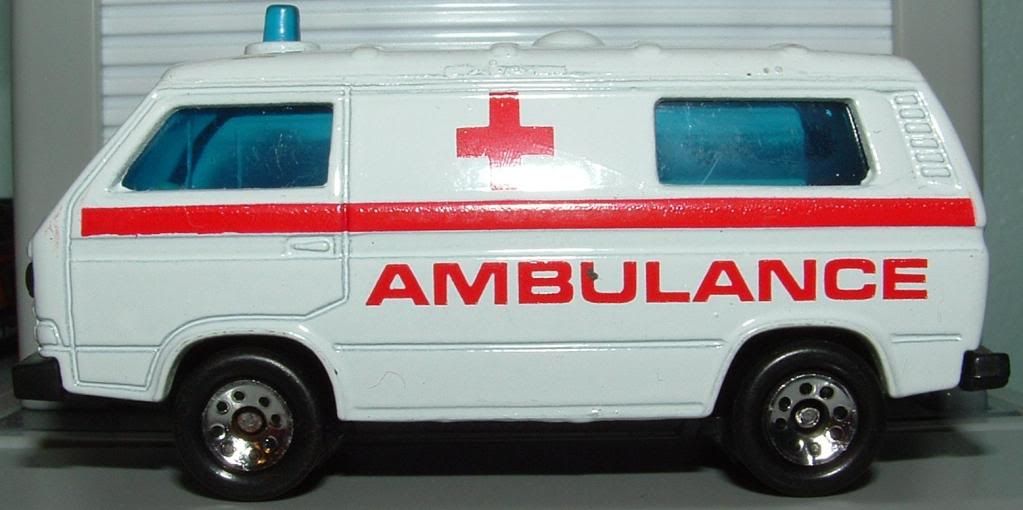
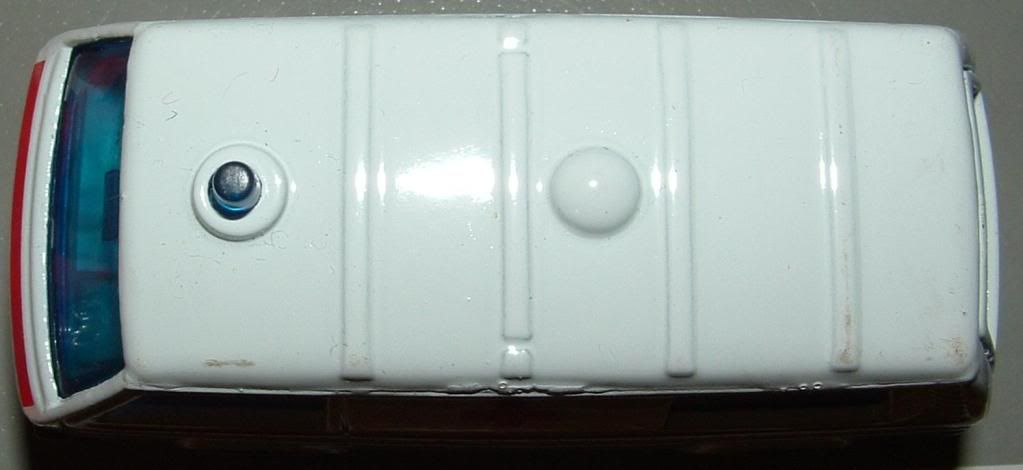
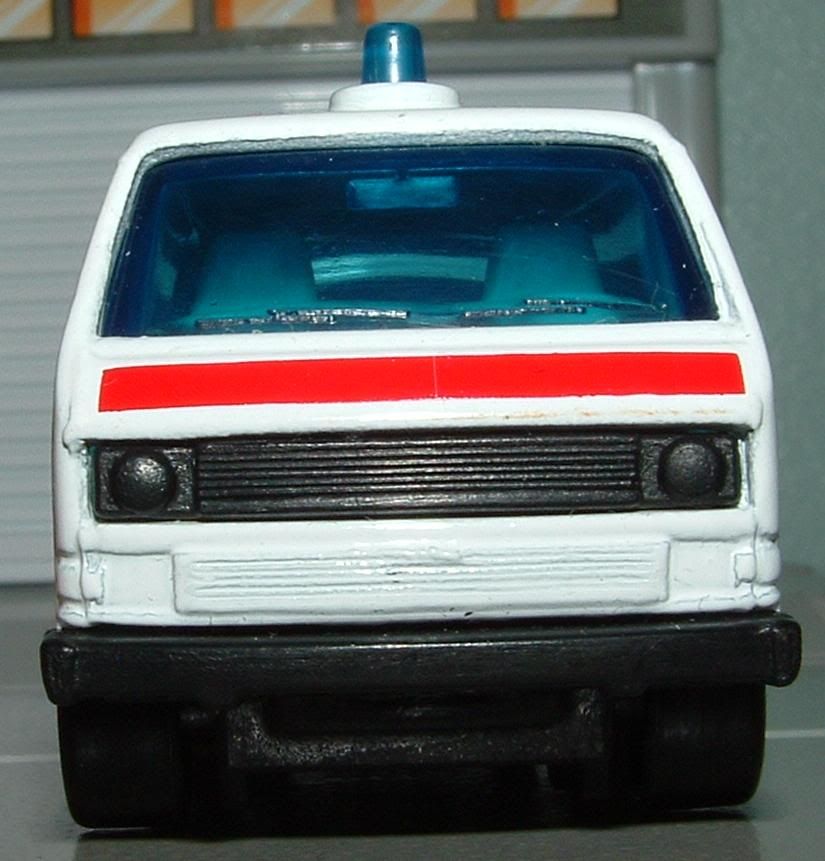
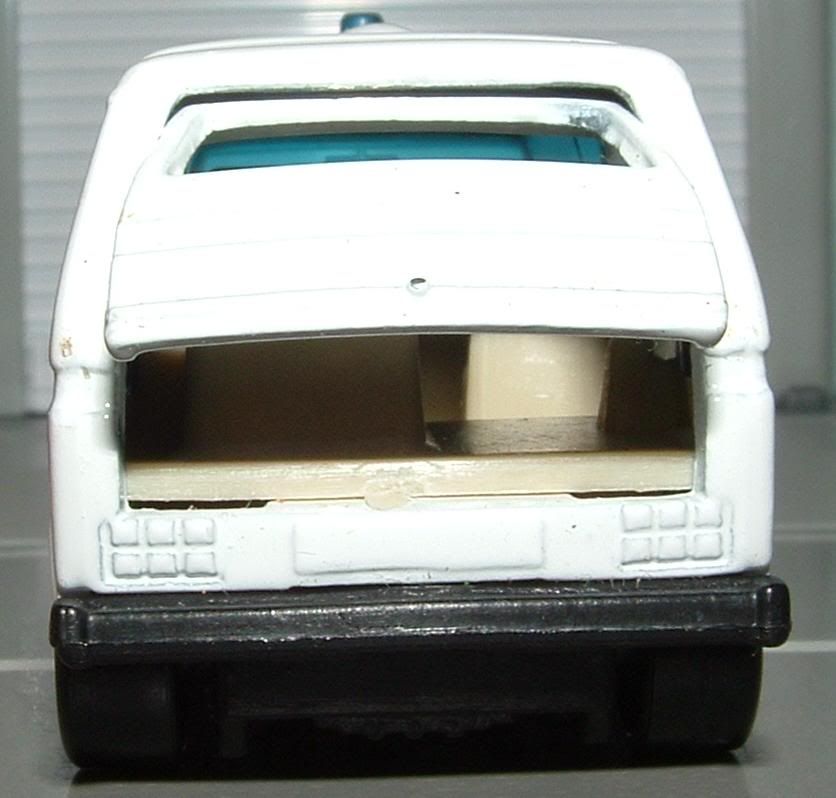
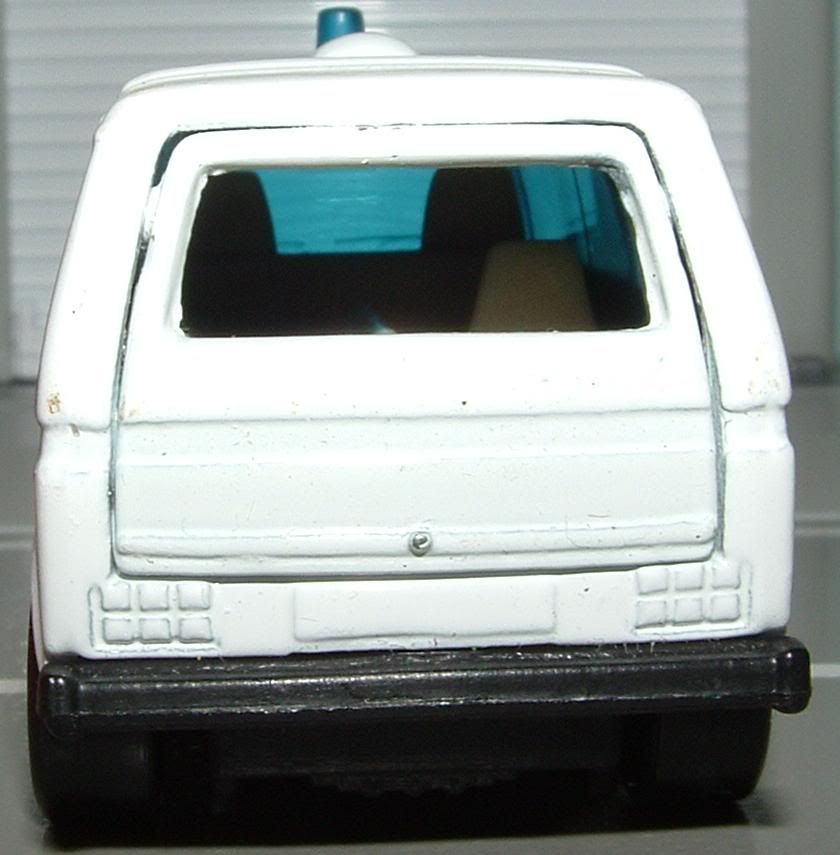
No comments:
Post a Comment